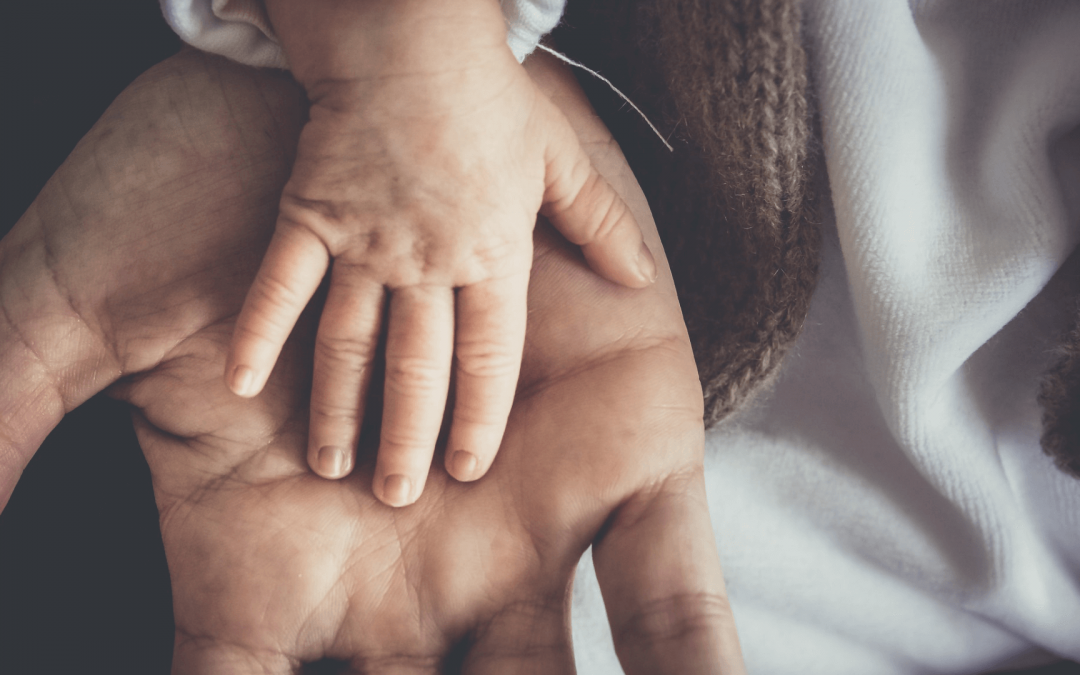by Mark Thisleton M.Ost.Med
With society ever changing and the advancement of this technological era gathering momentum, we as a species are neglecting the health of ourselves and of our loved ones. As children we would often be seen outside; riding push bikes, climbing trees, or playing the numerous childhood games that this generation of youngsters not know of.
Alternatively, they spend their time doing copious amounts of homework, watching television or playing games on computers, consoles, tablets and smart-phones. What do all these activities have in common? Sitting and extended periods of inactivity. This is on top of sitting at desks at school for hours; therefore you see the predicament of the future.
We all know that a lack of physical activity in adulthood can predispose you to obesity, cardiovascular disease, diabetes and strokes to name but a few. But what will be the impact for our children down the line? The immature skeleton has much more capacity for change and adaptation as postures will begin to develop from poor habits. A lack of muscle tone and bone strength may ensue from inactivity resulting in conditions like osteoporosis (a loss of bone density) becoming more prevalent when our children reach middle age and the elderly. Rectifying this now and engaging your children in regular activity while educating them about potential consequences of inactivity is imperative for their future health. The transition from childhood to adolescence is a crucial time to amass healthy bone material, and any disruption at this time may create a risk for low adult bone mass. The last two years of childhood (around the pubertal growth spurt) is where your child will gain the most bone, and after their adult peak has been reached – will they then start to lose bone mineral density. (1) The internal architecture of the bone is always remodelling, not just during growth but throughout life. The bone consists of trabeculae which become thicker and stronger in accordance with forces placed upon the bone. Something known as Wolff’s law. Therefore, partaking in weight bearing exercise helps to lessen the likelihood of any pathological fractures in later life.
One of the most important aspects of outdoor physical activity is the exposure to sun. Through this exposure we are able to synthesise vitamin D. An American study looked at vitamin D deficiency (or insufficiency) suggesting that between 40-50% of adolescents are deficient. (2) The most efficient way of getting vitamin D is through sunlight, although you can help by increasing your dietary intake of oily fishes, eggs and fortified cereals. In children, rickets is a disease caused by deficiency of this vitamin, leading to bone tenderness, bone deformation, muscle weakness and failure to thrive. In Adults, this lack of vitamin D can cause osteomalacia – again causing bone tenderness, muscular weakness and general fatigue and lethargy. Incidentally, it has been suggested that a link with chronic pain conditions and vitamin D deficiency exists as vitamin D is thought to be involved with regulation of the inflammatory process. (3)
As osteopaths we see all too frequently what heavy workloads are placing on the body, causing pain and disease. Spending hours hunched over desks, counters, customers – whatever it may be, were seeing hunchback postures developing everyday and a chief complaint of our patients is back pain, neck pain and shoulder pain. A big part of our work is trying to educate people what they can do to make themselves more comfortable at their work. What can be hypothesised in the future is that as a result of our attitudes towards technology, the effects will start developing during such an important age of growth and maturity, leading to growth deformities like scoliosis (a lateral curvature of the spine).
Childhood obesity is commonly reported in the news, this year it was reported that over 61% of the adult population was overweight or obese and even more alarmingly is that almost 1/3 of children between 2 and 15 are overweight or obese. (4) With childhood obesity increasing the risk of adulthood obesity, getting your children partaking in any form of physical activity will reap dividends. (5)
Muscle strength can play a major role in age-related decline not only in physical performance, but the quality of life. Educating your children and encouraging them to exercise now, puts them in good stead for the rest of their life. Weakness of muscle has been associated with disability, falls, fractures and mortality in the elderly – and an important aim of any physical therapist is to try and improve muscle tone, muscle strength and co-ordination of their patients through a careful selection of exercises suited to their body morphology, current physical state and risk factors for future disease. Taking the old saying “if you don’t use it, you lose it” into account, comes very true with respect to muscle strength, bone strength and many other of the bodies faculties. We have 24 hours in a day, an hour in the gym or an hour walking takes up 1/24th of your day, and the benefits that you can gain from this in later life are exponential.
The benefits of any exercise can even stretch as far as cognition with a positive correlation being suggested with levels of cardiovascular fitness. Improve your child’s grades at school by getting them outside. (6)Look after yourself now, and feel the rewards almost instantly, then reap the rewards in the years to come. Failure to look after yourself now, and the chances of an unhealthy retirement are increasing all the time. Why work all your life to not have a good retirement? Put you and your family’s health at the forefront of your mind.
Reference
s
1 – MacKelvie K J, K M Khan, H A McKay. Is there a critical period for bone response to weight-bearing exercise in children and adolescents? A systematic review. Br J Sports Med. 2002;36:250-257.
2 – Holick M F. Vitamin D Deficiency. The New England Journal of Medicine. 2007;357:266-81.
3 – Straube S, R A Moore, S Derry, H J Mcquay. Vitamin D and Chronic Pain. Pain. 2009;10-13
4 – Department of Health. Reducing Obesity and Improving Diet. [Internet] 2013. [Cited 15th April 2013] Available from: https://www.gov.uk/government/policies/reducing-obesity-and-improving-diet
5 – Whitaker R C, J A Wright, M S Pepe, K D Seidel, W H Dietz. Predicting Obesity in young adulthood from childhood and parental obesity. The New England Journal of Medicine. 1997; 337:13
6 – Aberg M A I, N L Pedersen, K Toren, M Svartengren, B Backstrand, T Johnsson, C M Cooper-Kuhn, N D Aberg, M Nilsson, H G Kuhn. Cardiovascular fitness is associated with cognition in young adulthood. PNAS. 2009. 106;49:20906-20911

